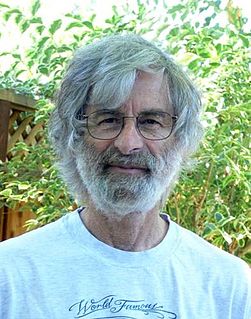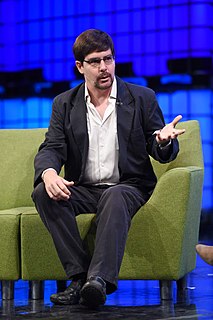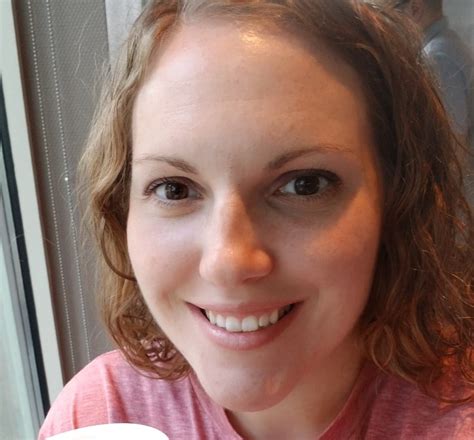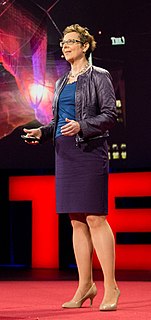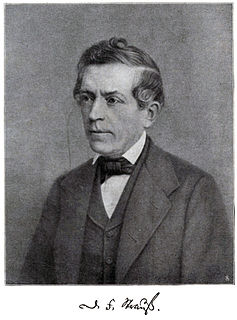A Quote by Jack Dangermond
I have high hopes that GIS will become increasingly relevant for landscape architects as we make the tools easier to use for the design process of just inventory and mapping.
Related Quotes
There is a race between the increasing complexity of the systems we build and our ability to develop intellectual tools for understanding their complexity. If the race is won by our tools, then systems will eventually become easier to use and more reliable. If not, they will continue to become harder to use and less reliable for all but a relatively small set of common tasks. Given how hard thinking is, if those intellectual tools are to succeed, they will have to substitute calculation for thought.
The strengths landscape architecture draws from its garden design heritage include: the Vitruvian design tradition of balancing utility, firmness and beauty; use of the word 'landscape' to mean 'a good place' - as the objective of the design process; a comprehensive approach to open space planning involving city parks, greenways and nature outside towns; a planning theory about the contextualisation of development projects; the principle that development plans should be adapted to their landscape context.
We started with things like locating ski runs or locating a transmission line corridor or locating a new town or doing a coastal zone plan. We ourselves weren't doing the planning work, but we were doing all the mapping work for the landscape architects and planners who would subsequently incorporate the maps into their actual designs.
It's much easier to be successful than it is to be relevant. The tricks won't keep you relevant. Tricks might keep you popular for a while, but in all honesty, I don't know how U2 will stay relevant. I know we've got a future. I know we can fill stadiums. And yet with every record, I think, 'Is this it? Are we still relevant?'

